Unleashing Vibrant Creativity: Exploring Direct-to-Film Technology for Multi-Colored Designs
Direct-to-film (DTF) technology has revolutionized printing by enabling the creation of vibrant, mul…….
Welcome to an in-depth exploration of full color DTF (Direct to Fabric) transfers, a cutting-edge technology transforming the textile printing industry. This article aims to guide readers through the intricacies of this process, highlighting its capabilities, global impact, and potential challenges. By the end, you’ll understand why full color DTF transfers are not just a trend but a game-changer in various sectors, from fashion and sportswear to interior design and promotional merchandise.
Definition: Full color DTF transfers involve printing high-quality images directly onto fabric using advanced digital printing techniques. This method allows for precise color reproduction, vibrant hues, and intricate designs, making it a preferred choice for creating custom fabrics with unique aesthetics.
Core Components:
Digital Printing: The process begins with digital design files, which are then printed directly onto specially prepared fabric using inkjet or laser printers.
Fabric Preparation: Different fabric types require specific treatments to ensure optimal ink adhesion. This includes pre-treating the fabric with a release agent and sometimes adding a coating for enhanced durability.
Ink Technology: Specially formulated inks are used, offering excellent color vibrancy, lightfastness, and resistance to fading. Eco-friendly and water-based inks have gained popularity due to their reduced environmental impact.
Curing/Drying: After printing, the ink needs to be cured or dried to set it permanently onto the fabric. This step ensures the final product’s durability and washability.
Historical Context: The concept of DTF transfers has its roots in traditional silk screening and heat transfer printing. However, technological advancements have led to the evolution of full color DTF as a versatile and efficient printing solution. Today, it is widely used for creating custom apparel, home textiles, and promotional items, offering endless design possibilities.
Full color DTF transfers have left an indelible mark on the global textile industry, with its influence extending across multiple continents. Here’s a snapshot of its international impact:
| Region | Impact and Trends |
|---|---|
| North America | The US and Canada are at the forefront of adopting DTF technology, driven by the fashion and sportswear industries. Major brands are leveraging DTF for creating limited-edition collections and personalized merchandise. |
| Europe | European countries like Germany and the UK have a strong focus on sustainable textiles, with DTF transfers offering eco-friendly alternatives to traditional printing methods. The region’s rich design heritage is also being showcased through unique DTF patterns. |
| Asia Pacific | China, India, and Japan are significant producers of DTF-printed fabrics, catering to both local and global markets. The region’s growing e-commerce sector has boosted demand for personalized, on-demand clothing and accessories. |
| Latin America | Brazil and Mexico are witnessing a surge in DTF adoption, particularly in the promotional merchandise industry. Local artists and designers are also exploring DTF as a medium to showcase their creative work. |
| Middle East & Africa | The MEA region is embracing DTF for luxury fashion and interior design projects, with bespoke fabric creations gaining traction among high-end brands. |
These global trends reflect the versatility of full color DTF transfers, catering to diverse markets and cultural preferences. As technology advances, we can expect further innovation and customization in this field.
The economic landscape surrounding full color DTF transfers is both dynamic and promising:
Market Size: The global textile printing market, including DTF transfers, is projected to reach USD 12.8 billion by 2025, growing at a CAGR of 7.2% (Source: Grand View Research). This growth is attributed to the rising demand for personalized and customized products across various sectors.
Investment Patterns: Private equity firms and venture capitalists have shown significant interest in DTF technology startups, funding research and development, and market expansion. This investment highlights the potential for disruptive growth in this industry.
Cost Analysis: While initial setup costs for DTF equipment can be high, the long-term savings through efficient production processes and reduced waste make it a cost-effective solution. Customization options also allow businesses to cater to niche markets, increasing profitability.
Employment Impact: The rise of DTF technology has created new job opportunities in design, printing, and textile manufacturing sectors, contributing to local economies.
Continuous technological innovations are driving the evolution of full color DTF transfers, opening up new possibilities for designers and businesses:
Print Resolution: Modern printers offer higher resolution capabilities, enabling the reproduction of intricate patterns and fine details with exceptional clarity.
Ink Formulations: Researchers are developing advanced ink technologies, such as nano-pigmented inks, offering improved color accuracy, lightfastness, and washability.
Fabric Substrates: The range of suitable fabric materials is expanding, including new synthetic blends and natural fibers, allowing for a broader application of DTF transfers.
Automation: Automation in the printing process is reducing production time and increasing efficiency, making it feasible to produce custom fabrics at scale.
Despite its numerous advantages, full color DTF transfers also come with certain challenges that need addressing:
Environmental Impact: While eco-friendly inks are available, the overall environmental footprint of the printing process, including energy consumption and waste management, requires attention.
Durability: Ensuring long-lasting prints on various fabric types is a constant challenge. Researchers are working on developing more durable inks and coatings to meet industry standards.
Standardization: The lack of universal specifications for DTF transfer printing can lead to inconsistencies in quality and performance across different manufacturers. Standardization efforts are needed to ensure better compatibility and results.
Regulations: As with any printing process, environmental and safety regulations must be followed to ensure responsible production practices.
The versatility of full color DTF transfers is evident in its diverse applications across various industries:
Fashion and Apparel: Customized clothing, limited-edition collections, and personalized merchandise are popular use cases. DTF allows designers to create unique patterns and logos directly on fabrics, appealing to fashion-conscious consumers.
Sportswear: Teams and athletes often collaborate with brands to create exclusive, team-branded apparel using DTF transfers, ensuring high-quality, durable designs.
Interior Design: From curtains and pillows to wall art, DTF transfers are transforming home textiles with customizable patterns and color options.
Promotional Merchandise: Companies leverage DTF for creating branded items like tote bags, t-shirts, and accessories, making them ideal for events, marketing campaigns, and corporate gifts.
Art and Design: Local artists and designers use DTF to bring their creative visions to life on various fabric media, opening up new avenues for artistic expression.
Full color DTF transfers have proven their worth as a powerful tool in the textile industry, offering unparalleled customization, vibrant colors, and endless design possibilities. With ongoing technological advancements, improved environmental considerations, and expanding global markets, the future looks bright for this innovative printing process. As businesses seek unique ways to differentiate themselves and cater to diverse consumer demands, DTF transfers will undoubtedly continue to play a pivotal role in shaping the textiles of tomorrow.
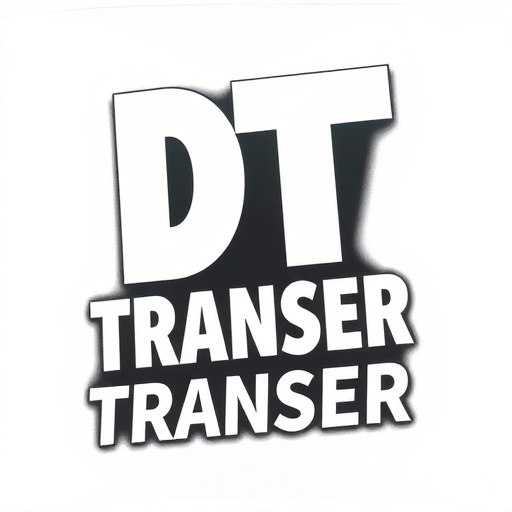
Direct-to-film (DTF) technology has revolutionized printing by enabling the creation of vibrant, mul…….
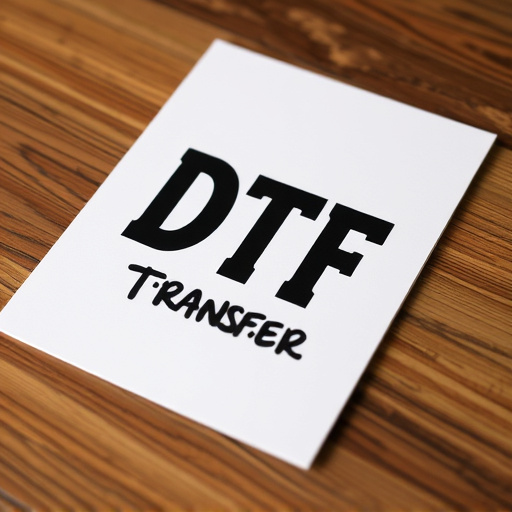
Direct-to-Film (DTF) technology is a cutting-edge printing method that produces vibrant, multi-color…….
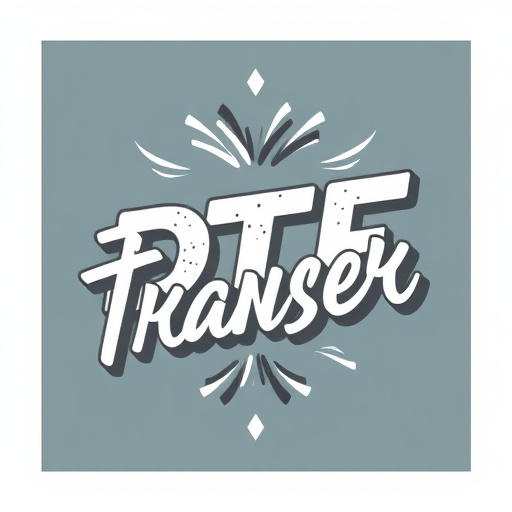
Direct-to-Film (DTF) technology is a game-changer in the print industry, offering vibrant, multi-col…….
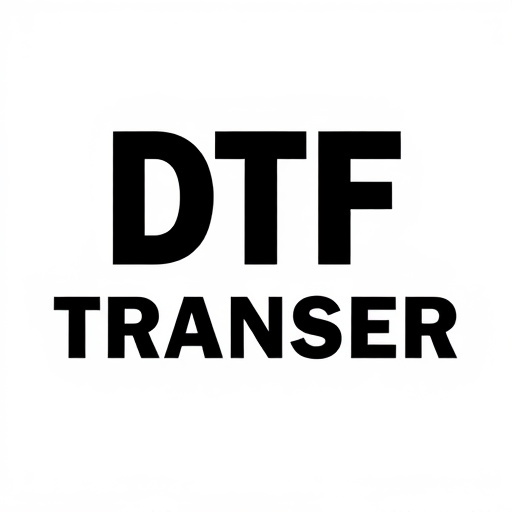
Direct-to-film (DTF) technology is revolutionizing graphic design by enabling precise control over c…….
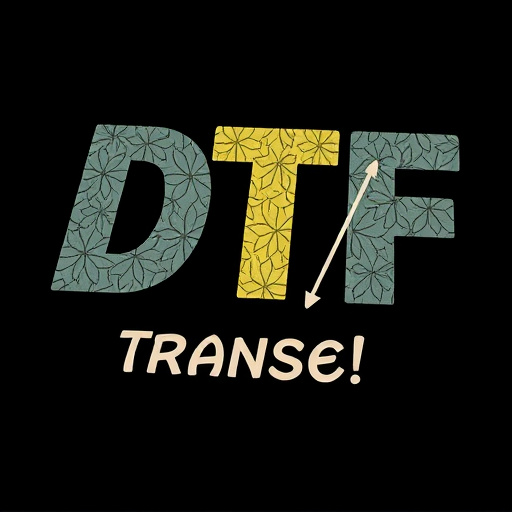
DTF Prints revolutionize multi-colored design creation by directly applying ink to surfaces like pla…….
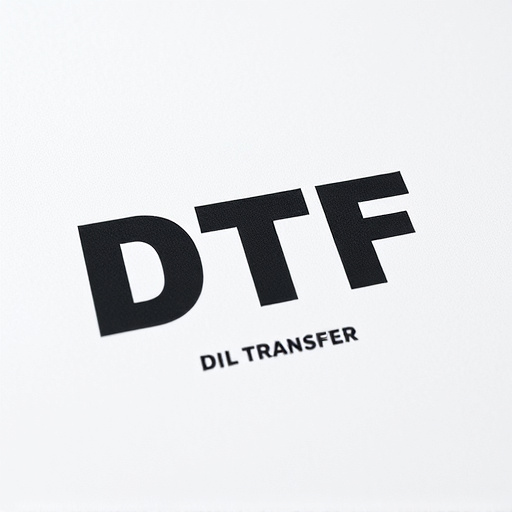
Direct-to-film (DTF) transfer technology is revolutionizing decorative surface printing by enabling…….
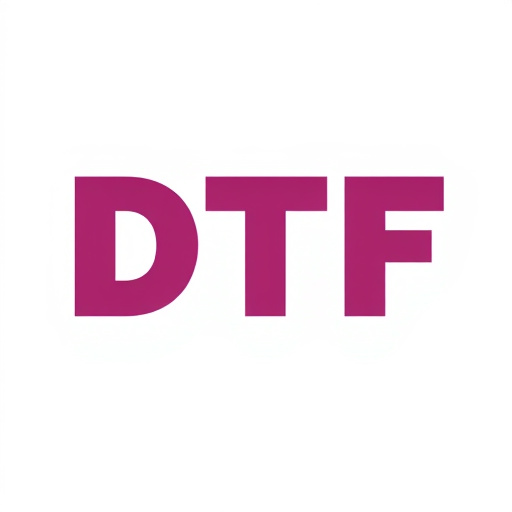
Direct-to-film (DTF) printing revolutionizes visual design by directly printing vibrant, multi-color…….
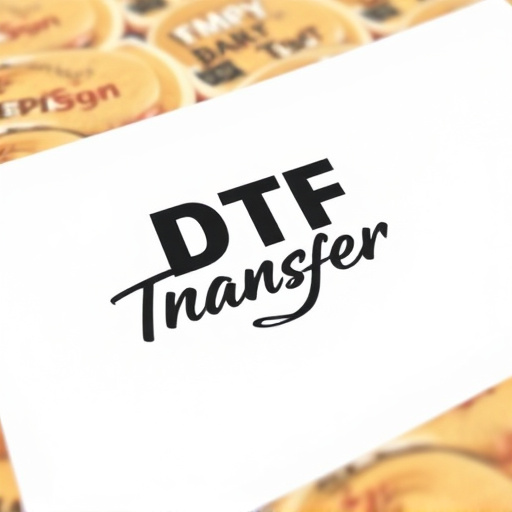
Direct-to-film (DTF) technology has revolutionized printing, allowing artists and designers to creat…….
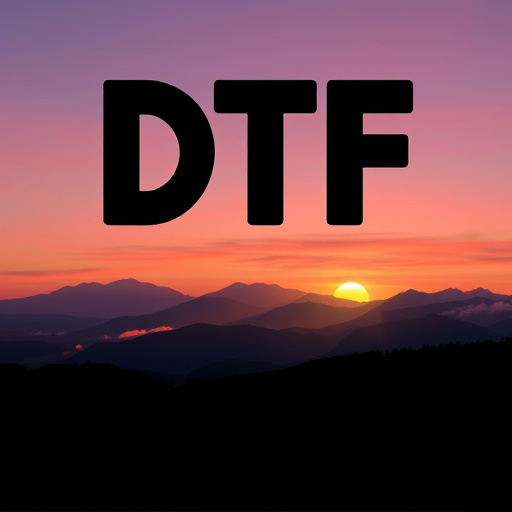
Direct-to-film (DTF) technology is transforming printing by directly applying ink onto various mater…….

Direct-to-film (DTF) technology is a revolutionary printing method offering vibrant multi-colored de…….